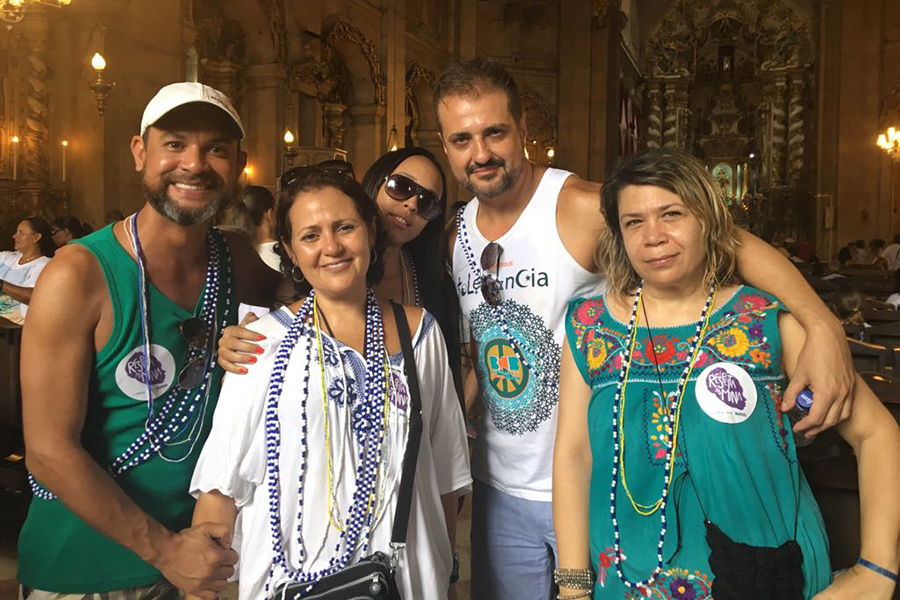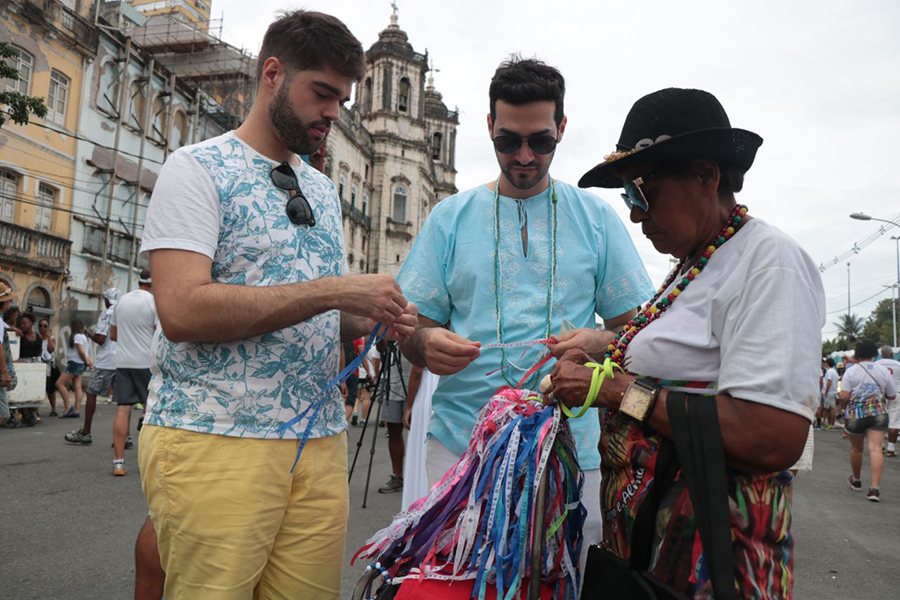A more traditional spectacle of faith in Bahia, the procession of Lavagem do Bonfim led a crowd to the Sacred Hill on Thursday (11) to revere Our Lord of Bonfim. The party, one of the highlights of the state’s calendar of events, brought together Bahians and many tourists.
Most of these participated for the first time in the event marked by the syncretism of the Catholic and African religions.
The procession was started at 8 am by Catholics, typically dressed Baianas, politicians, artists, Bahians, tourists and devotees of the saint joined the walk towards the Sacred Hill. Tourists are caught up in the enthusiasm of the crowd.
Carioca Patricia Gith came to Bahia together with childhood friends to thank for the cure of cancer. “This is the second time I have come to Salvador, but it is the first participation of the party; I came to thank, “he explained. According to Patrícia, the integration between Catholics and candomblé followers is the great attraction: “It’s this mix that brings us here.”

Photo: Ascom Setur
The miner Felipe Machado met the party last year when he was in the capital of Bahia and was impressed with the complete images on television. “It is a moment of faith, of giving thanks and renewing our energies; to live my faith and the faith of other people, “he said. The Bahian Rafael Casa, responsible for presenting the party to Felipe, summed up the feeling: “Diversity is the face of this encounter. It is an event of respect for the belief of others and peace, “he summarized.

Photo: Tatiana Azeviche
The climax of the feast occurred with the arrival of the Bahian mothers and daughters of Candomblé saint to the Bonfim Basilica, who received the blessing of Father Edson Menezes, and then began to wash the churchyard and the church stairs with scented water and brooms, to the sound of atabaques and sacred songs.
Tradition
In Lavagem, the sacred and the profane are mixed, but the religious spirit is the tonic. The Bonfim tradition in Salvador began in the eighteenth century, when slaves washed the church in preparation for the feast. Later, the candomblé assumed the ritual, revering Oxalá, that in the religious syncretism corresponds to Our Lord of Bonfim.
The washing is traditionally held on Thursday, but the feast of Bonfim itself takes place on Sunday (14), with a solemn Mass presided over by Archbishop Murilo Krieger, archbishop of Brazil, at 10am. Other celebrations take place at 5:00 a.m., 6:00 a.m., 7:30 a.m. and 3:00 a.m. The novena, which began on the 4th, continues until Saturday (13), always at 7:00 p.m.
- Photo: Paula Fróes
- Photo: Paula Fróes
- Photo: Paula Fróes
Photos credits



